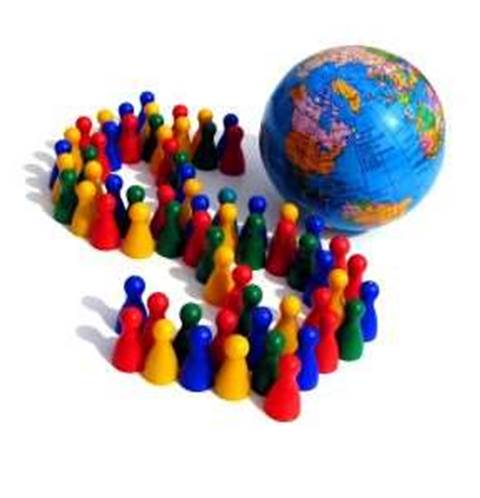When the Australian dollar was in free fall at the start of the year, vendors would raise their prices with as little as two days' notice. Now, despite the local currency having risen 50 percent against the US dollar in the past six months, prices have remained static. What's taking so long?
The Australian dollar spent the first three months of the year hovering around $US0.65. Economists said it was undervalued and would rise, but many technology vendors and distributors raised their prices in response to the poor buying power of the Aussie.
Since March, the Australian dollar has risen steadily and now sits comfortably at about $US0.90, 60 Euro cents and 54 British pence.
In theory, prices should fall, but somehow they don't. Why not?
Vendors we spoke to were unwilling to provide any real answers.
"Like all organisations, HP makes pricing changes based on fluctuations in costs, market conditions and exchange rates," said a spokesman for the world's biggest hardware vendor. "Unfortunately, I am unable to provide specific details on HP's current or future pricing strategy."
A spokesman for SAP, one of the world's largest software companies, said that it sets prices annually, with "pricing finalised between December and February".
But Mark Gluckman, managing director of Sydney-based systems integrator Regal Information Technology, said suppliers are profiting from currency fluctuations.
"The Australian dollar is going up all the time and the distributors do pass it on, but they definitely don't pass it on as quickly as when the dollar goes down," he said.
"When the dollar goes down, the distributors need to manage their losses. When it was down about $US0.60 in March, their quotes were only valid for 48 hours, because they never knew where the dollar would be in a few days' time.
"Now the distributors say because they lost so much money back then, they need to make it back now."
Gluckman said many customers have asked him why prices haven't fallen even though the Australian dollar has been much stronger.
"They're very aware of it and they're asking the question," he said. "I have to tell them we're very much in the hands of the distributors - 90 percent of our product is purchased through them."
Microsoft won't drop Windows prices
Smaller vendors aren't the only ones feeling the pressure. Even Australia's largest technology retailer Harvey Norman can't make some vendors drop their prices. For example, Microsoft has kept the local price of Windows 7 Home Premium at $299 but sells it for $US200 ($A220) in the US and £149 ($A270) in Britain.
A savvy bargain hunter can pick up a genuine copy of the same product for as little as $A120 in China.
"We would like to support Microsoft on a local level, but we would like greater price alignments between the markets to remain competitive within our own market," Harvey Norman's computers and communications division head Luke Naish told The Australian.
"Retailers are caught in a bind to support Microsoft on a local level or to seek alternative versions of Windows 7 at a cheaper cost from overseas. It is a real dilemma for retailers across the board. Harvey Norman's preference is to support Microsoft locally.
"We are monitoring the situation extremely closely as consumers have to value the locally sourced and 'authentic' version of Windows 7 if they are to purchase it from us at what may be perceived to be a premium price."
Falling down the iPod index
Another example is CommSec's iPod index, which measures the price in US dollars of an Apple iPod Nano in 68 countries.
Like The Economist's Big Mac index, it tests the theory that goods should trade at about the same price around the world if exchange rates are working properly. Unlike the Big Mac, which is usually made from local ingredients, almost all iPods are made in China and Taiwan, so price distortions due to exchange rates and local taxes and tariffs are even more evident.
Last November, Australia was the cheapest place in the world to buy an iPod Nano, if you had greenbacks to spend, reflecting the low value of the Australian dollar against the US currency. However, Apple has not adjusted the local price since then, while the dollar has appreciated markedly, so Australia has fallen to 13th place in the index
"In other words, Apple is basically obtaining higher revenues courtesy of a weaker US dollar," said Craig James, chief economist at CommSec.
Many technology vendors are similarly resisting the push to drop their prices.
"It all gets down to competition," he said. "Vendors will hold out as long as possible before cutting price in an attempt to lift margins and profits. But if one key vendor moves, others will have to follow.
"Of course, it depends if you have a competitive edge. For example, Apple may not necessarily have to react quickly with its pricing given the strength of consumer demand for its products."
Read on for more...




_(11).jpg&h=142&w=230&c=1&s=1)





.jpg&w=100&c=1&s=0)
_(8).jpg&w=100&c=1&s=0)







.jpg&q=95&h=298&w=480&c=1&s=1)





